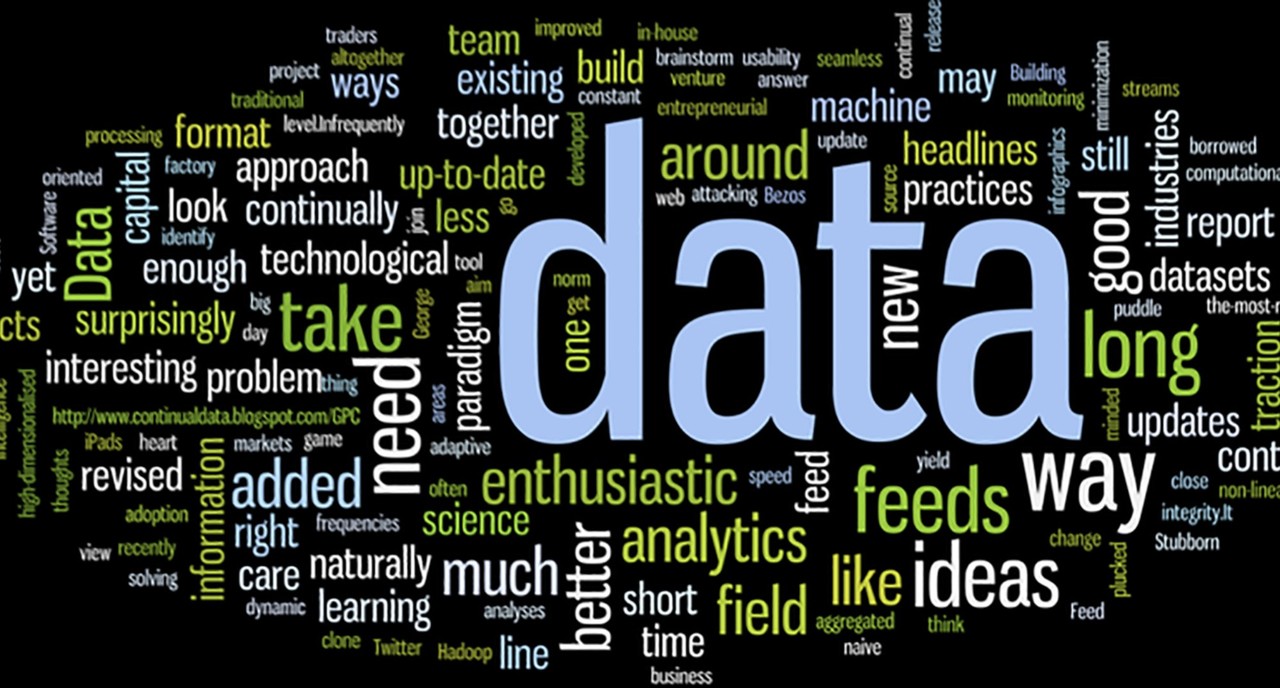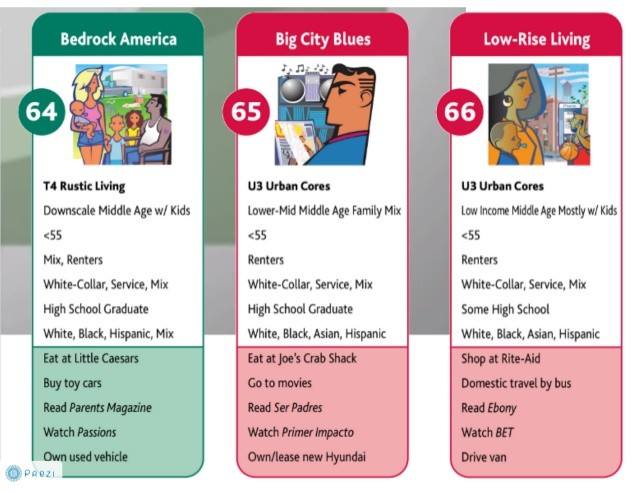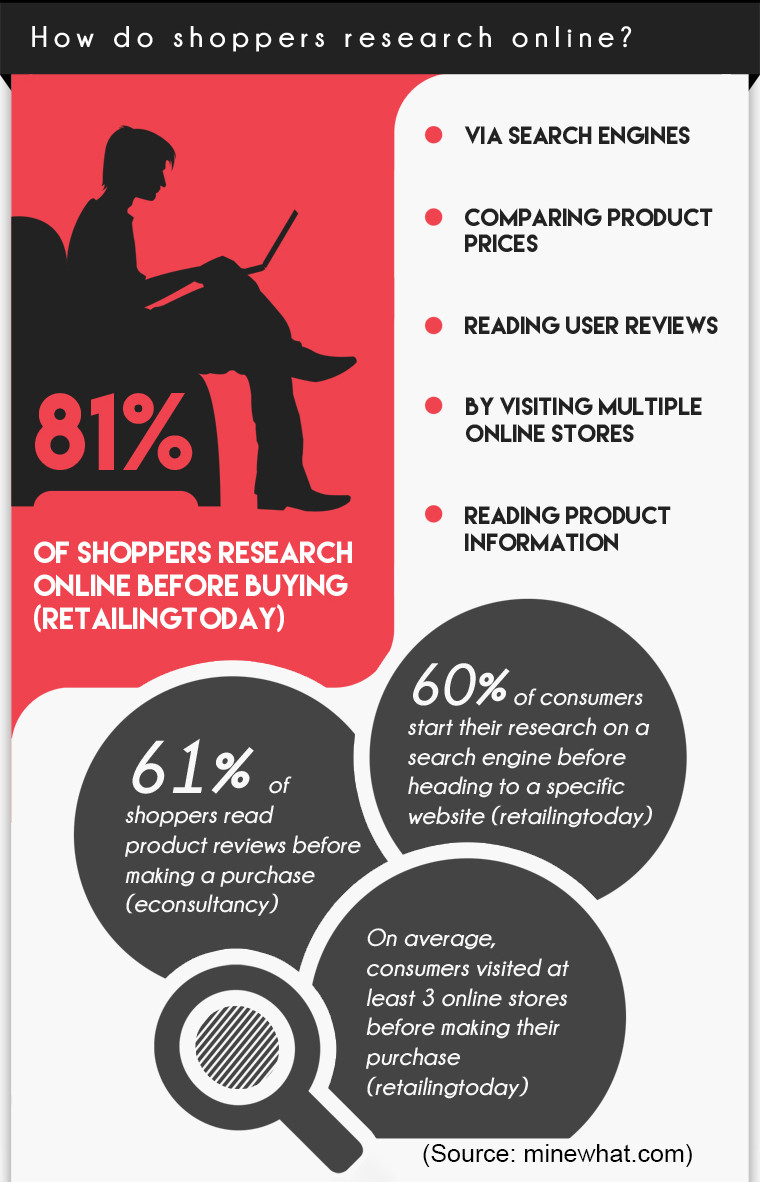Data is the New Creative
Using data to enhance relevance and personalize the customer experience.
“The aim of marketing is to know and understand the customer so well the product or service fits him and sells itself.” –Peter Drucker
MModern marketers are awash in tools to pursue business objectives. Digital channels such as SEO, email, social, PPC, programmatic, retargeting, mobile, live chat and more have achieved widespread adoption and have matured downstream enough to be affordable for even small and home-based businesses.
Inherently data-driven, digital marketing is more than simply using lists to target audiences through digital channels. Thinking of digital marketing in such manner limits it to little more than the equivalent of direct mail through a digital channel. To take advantage of the power of digital marketing, marketers need to think of data as the new creative.
Evolving from Demographics to Intent
Marketers have used data to better target prospects for decades. In 1973, Peter Drucker wrote in his seminal book, “Management” that “the aim of marketing is to know and understand the customer so well the product or service fits him and sells itself.” By the 1980s, marketers were using data to categorize businesses and consumers into segments based on demographics, psychographics, firmographics and other common characteristics. Doing so helped marketers narrow the focus of their efforts upon those segments they felt would be most receptive to their messages. Today, Claritas classifies American consumers into 68 different clusters:
The downside of using demographic data for segmentation is that demographic models are not good predictors of consumer intent. The best we may hope from using demographics is a higher propensity for the target audience to be interested in a given offer.
For example, within financial services, a segmentation model based upon the two primary demographic selects of age and income yields clusters as shown in the following table:

Using this demographic data, marketers may narrow the focus of their outreach to target those consumers who have a propensity for the product or service they are promoting. For example, marketers promoting automobile loans may wish to focus on the Credit Driven segment because they are 2.5 times more likely than the general population to be interested in a new or used vehicle loan. By targeting consumers within that segment, marketers may be more efficient with their marketing spend; however, there is still a tremendous amount of waste in the spend because demographic data does not give insight regarding the timing of the offer. We do not know if a consumer is in the market at any given point in time by using demographic data alone.
Behavior Yields Intent
The advent of digital channels such as search engines and websites provided marketers with insight into consumer behavior at the moment of interest. Google calls these “Micro Moments” of consumer engagement, where a person is actively engaged in searching for information, acquiring knowledge and weighing next steps. Micro-moments are moments when people expect an immediate answer to something they want to know, go, do or buy.
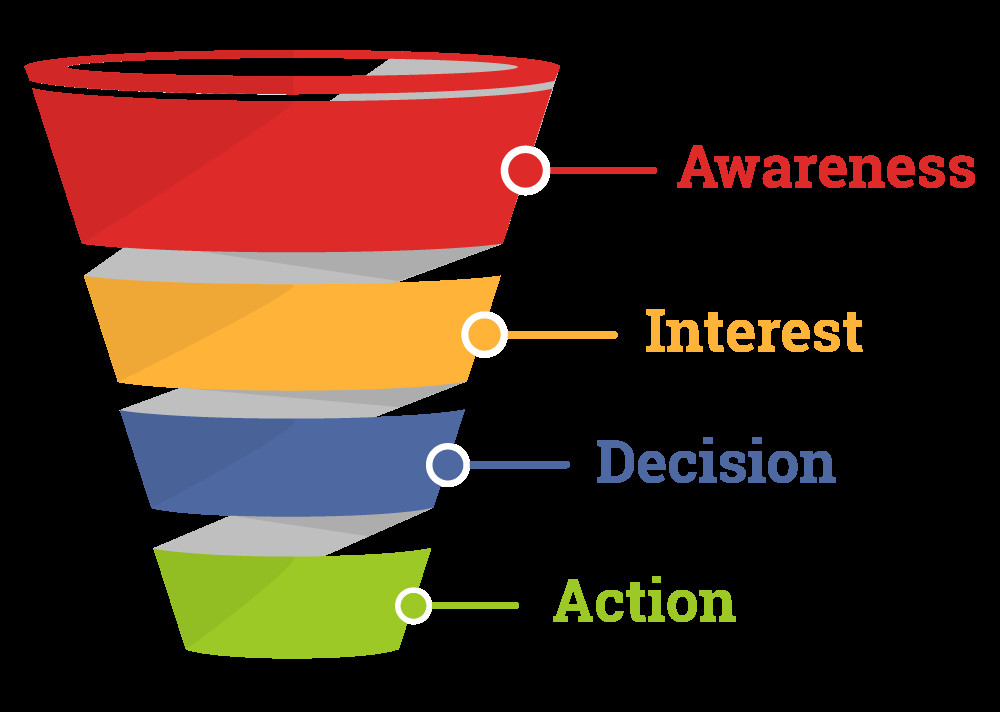
Search engine marketing tactics allow marketers to tap into the “live data” available to capture attention from consumers who are lower in the sales funnel and potentially in acquisition mode for a solution. Search Engine Optimization (SEO), as well as PPC advertising through platforms such as Google AdWords or Microsoft Bing, allow marketers to target keywords that are indicative of intent. This allows marketers to skip past the awareness and interest phases at the top of the sales funnel and be closer to the point of action where a sale may be precipitated.
The Need for Nurturing
With the amount of money now being spent on PPC advertising, it is clear that many more marketers are attempting to reach consumers at the point of action. However, research tells us that upward of 81 percent of consumers will perform some form of online research before making a purchase decision. If your digital marketing efforts stop at the point where you have motivated a click by your target consumer, you have not fully leveraged the ability for digital marketing to nurture your prospect along their buying journey.
Once you have captured a website visit, the challenge is to nurture that prospect along the buying journey toward the purchase decision. This will often require multiple touch-points that may involve all the following marketing tools:
- Remarketing
- Website personalization
- Lead capture forms
- Live chat
- Direct mail follow-up
- In-store recognition
- Call center outreach
Please note that the last three bullet points involve offline channels. This may occur if the digital lead capture efforts were successful in expanding additional contact information with email, phone number or mailing address. Lead capture is becoming increasingly sophisticated with data enhancement capabilities such as IP address geo-mapping and marrying first-party data with digital channel engagement. Just because a website visitor has not provided you with additional contact information, this no longer precludes marketers from targeting a prospect with an offline offer.
Are You Leveraging First Party Data?
When a known user visits your website, do you recognize them? Are you able to associate their online activities and behaviors with the first-party data you already have, such as prior purchases and other key demographics? First party data is a treasure-trove of insight about your existing customer and the next best product you should offer them. Yet few marketers have connected the dots to link online website visits to first-party data and present products and services that are relevant to the customer’s situation.
Imagine how much more powerful your online effectiveness would be if your website recognized an existing customer and dynamically rearranged the content to present the next best product for that customer. Data allows modern marketers to put their best foot forward with relevant content and offers that are keyed to the interest that brought a visitor to your digital content. Higher levels of relevance equate with higher levels of engagement.
The Death of the Anonymous Visitor
As the Tealium video suggests, the tools to associate first-party data with someone who would otherwise remain an anonymous visitor is a powerful addition to the marketing tool chest. Companies like BlueConic, Marketo and Adobe Marketing Cloud provide tools to marry anonymous digital interactions with the first-party data that unlocks marketing nirvana.
Multi-Channel Customer Journey
When marketing teams begin visualizing how data may power the interactions an organization envisions for its prospects and customers, the possibilities become much more powerful.
In the example below, what starts as a digital journey is transformed into a multi-channel opportunity to engage with a prospect and use first-party data:
- Website personalization
- Email automation
- Direct mail automation
- Call center engagement
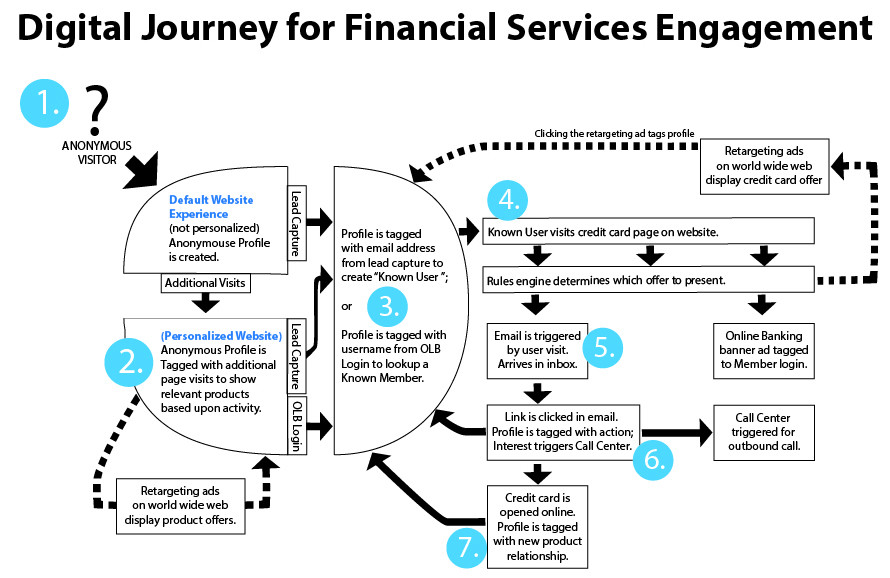
There has never been a more exciting time for marketers to use technology to engage with prospects and customers. And data is the key to unlocking the potential for your organization. Data is the new creative.
About the author: David Eldred is the President and Chief Brand Technologist of Sine Cera Marketing, a boutique marketing consulting practice based in Sherwood, Oregon. Sine Cera specializes in helping businesses create and maximize their digital presence – as well as offering a full range of marketing consulting services, including social media marketing, social selling, search engine marketing, website design, and mobile marketing solutions.

